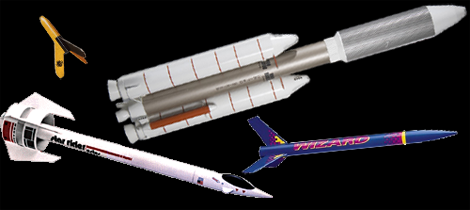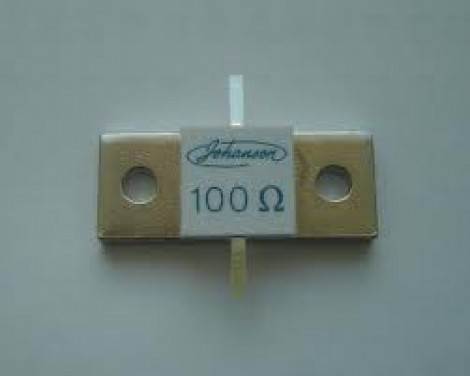Here’s some very, very sad news from [Charles] over at The Maker’s Workbench: on July 16th, his house was hit by lightning causing his workshop to catch fire. His family is safe, but unfortunately thousands of dollars in gear has gone up in smoke. [Charles] lost a Reprap, a ton of dev boards, a huge amount of tools including an awesome soldering setup, and his laptop and file server.
Short of taking up residence inside Yucca Mountain, there’s little that can be done to prevent random, disastrous acts of Thor. The only bright side to [Charles]’ ordeal (if there is one) is that most of his file server – including all the code he’s written over the years – was backed up on the cloud.
Hackaday readers aren’t much for marketing buzzwords like ‘the cloud,’ so we’re wondering what your backup solutions are. If the cloud isn’t for you, is a NAS at home a good idea? rsync will do wonders, but even hard drives at an off-site location fail; maybe tape is the best choice. Of course if you have a laser cutter, there’s always the option of cutting patterns of holes in stainless steel plates and preserving your data for thousands of years.
If [Charles]’ story doesn’t inspire you to backup often and preserve your data, consider this: the greek poet [Sophocles] wrote 123 plays, seven of which still survive. Put in perspective, that’s like the only songs in The Beatles’ catalog surviving 2,500 years coming from the Yellow Submarine soundtrack.







![ld421650-powerex-new[1]](http://hackaday.com/wp-content/uploads/2012/05/ld421650-powerex-new1.jpg)









